Written by Katelyn Engquist, NSM project manager

In an effort to learn more about potential customers and how soy buyers make purchasing decisions, NSM conducted market research with the help of Spire Research & Consulting, with the goal of evaluating the influence of essential amino acid versus crude protein and the knowledge and usage of the critical amino acid value (CAAV) metric. The market research focused on soy importers and feed processing companies; farmers and experts – such as livestock nutritionists – in Indonesia, Vietnam and Thailand.
While many of the research results confirmed what the U.S. soybean industry has learned through past conversations and international missions, new insights were gained that will help NSM home in its focus and messaging. The research confirmed that buyers know the value of U.S.-origin soy, including meal and whole beans exported from Pacific Northwest ports, but price largely drives them to purchase from other regions such as South America. Fortunately, the expansion of numerous crush facilities across the U.S. will soon make more soybean meal available for export at a more competitive price for international buyers.
The research went on to confirm that purchasing departments tend to only consider the parameters of crude protein and price when purchasing soy. Soybeans and soybean meal have historically been valued based on crude protein; an estimate based on nitrogen content. But a higher crude protein value doesn’t necessarily equate to a higher quality protein or nutritional value when feeding monogastric livestock and aquaculture. While northern-grown soybeans tend to exhibit lower levels of crude protein than beans grown in warmer regions, the presence of essential amino acids tend to be higher, negating the need to supplement rations with these amino acids. You can learn more about this market research on our recent webinar, “Uncovering soybean export potential,” with Agri-Pulse here.
While traveling to Thailand and Indonesia on our international trade missions this winter, our delegations of farmers and experts visited feed mills to meet with soy buyers, nutritionists, feed formulators and other staff to build relationships, learn more about the company’s soy or soybean meal purchasing and discuss the quality and availability of northern-grown soybeans. You can read more about the 2023 international trade missions here.
In our upcoming fiscal year, international trade missions will have a year-round approach. This fall, NSM will invite potential customers that we met on our Thailand and Indonesia missions to the United States to tour Pacific Northwest export facilities as well as grain elevators, processing facilities and farms in the NSM member region. Next spring, these customers will be invited to meet with NSM farmer leaders and experts for virtual presentations related to prospective plantings, feed nutrition, U.S. soy quality and more. The goal is to strengthen relationships with prospective customers throughout the year, rather than only visiting while on winter international missions.
NSM intends to resume international trade missions in Southeast Asia in 2024, continuing to build relationships with our customers and discuss the value of northern-grown soybeans. Piece by piece and conversation by conversation, NSM believes that we can make a difference and improve demand for our quality product.


